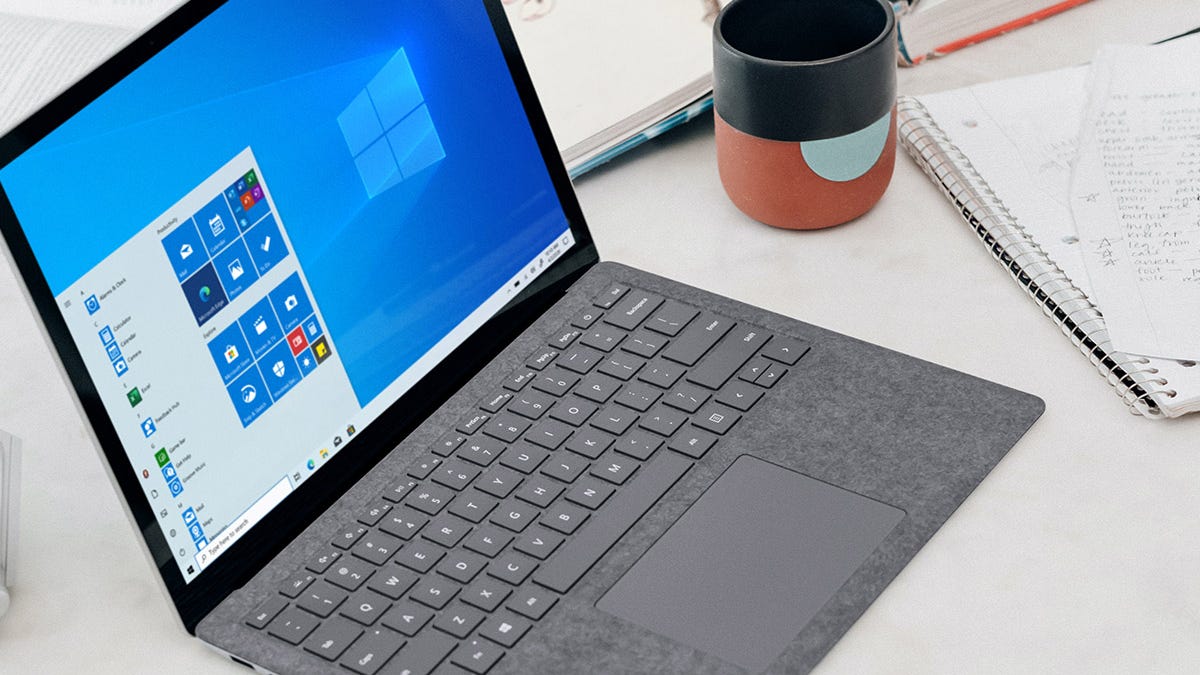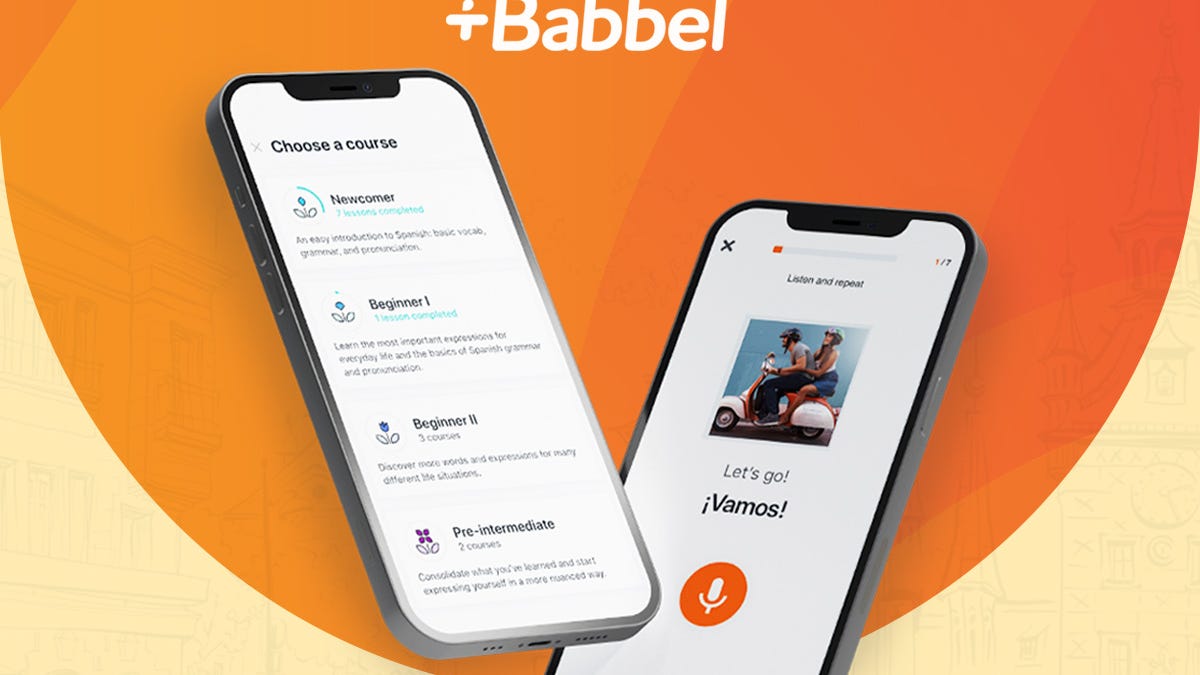BOOK THIS SPACE FOR AD
ARTICLE AD
Steam is a hugely popular distribution channel and community for PC games and gamers. I like to think of it as the app store for PC games because it makes game management, installation, curation, and purchasing a lot easier than it used to be when buying and installing individual games.
Now, you pay your money and click your button. And just like that, your game is installed and ready to run.
Also: The 55+ best Black Friday gaming PC deals 2024
The latest statistics for monthly active users come from back in 2021, showing 132 million people. That's likely grown considerably in the last three years. A more accurate measure is the number of users online right now. As of the moment I write this, there are 24,764,952 online, and today's peak was 37 million.
Most gamers use a traditional flat (or slightly curved) display to play their games. But currently, according to Valve's monthly Steam Hardware & Software Survey, 1.55% of them use virtual reality (VR) headsets for game play.
David Gewirtz/ZDNET1.55% may not seem like a lot. But 1.55% of hundreds of millions of Steam users still results in a couple of a million people blindly wearing head bricks and madly flailing their arms around like so many over-excited, highly-caffeinated cartoon characters.
Some Steam games are built specifically for VR, but even standard PC Steam games can be played using a virtual screen inside a VR headset. So, which VR headset?
Also: Stanford's VR breakthrough could spell the end of clunky headsets
Steam's VR capability was originally introduced for the Oculus Rift, Meta's early predecessor of the current Quest headsets. Since then, other hardware vendors have introduced PC VR and Steam VR headsets. Steam's owner, Valve, introduced a headset in 2019. HTC, with its Vive line, is another popular vendor of PC headsets.
At the very bottom of Valve's Steam survey, in 6-point font, is a line item for VR headsets. As it turns out, you can click that line and it expands to provide a table of VR headset usage. It's pretty comprehensive. It lists the Quest 2 as 34.8% of usage and goes all the way down to the Iriun VR with 0.03% of usage.
I took that data and aggregated the stats by brand. Here's the distribution of the three most popular brands in use.
David Gewirtz/ZDNETAs you can see, Meta absolutely dominates with 65% usage. For the Meta Quest devices, this is enabled via the Steam Link app, which you can download from the Meta Quest app store.
Also: How VR and digital twins are streamlining remote work in technical professions
This last chart shows how that 65% of Meta usage breaks down among Meta headsets. As you can see, the Quest 2 is the top device, followed by the more expensive Quest 3, and then the older Oculus Rift. Other Meta/Oculus headsets are also on the list, although the Oculus Rift DK1 and DK2 (developer kits) don't make it onto the chart because they represent 0.01 and 0.02 percent of usage, respectively.
David Gewirtz/ZDNETYou may have noticed that the Meta Quest 3S doesn't show on this chart. My guess is that it's probably too new to show up in the stats. I'll revisit this chart in a few months to see how the numbers change. The Quest 2's primacy will probably diminish since it's no longer being produced, while the Quest 3S will probably come in as a strong contender.
Also: I switched to Meta Quest 3S from the Quest 2, and its a VR upgrade in every way (but one)
Meta keeps firing on all cylinders in their quest to dominate the VR space, leaving Apple in the dust. In addition to the Quest 3S, which offers good enough power at a very good enough price, the company also opened the Quest OS (now called Horizon) to third-party headset developers. That will undoubtedly increase the number of Steam Link users, along with the number of overall apps compatible with the Quest devices.
Are you using Steam VR? Do you have a Quest 2 or Quest 3? Did you buy a Quest 3S because of its compelling price/performance? Are you planning on getting or gifting a VR headset this holiday season? Let us know in the comments below.
You can follow my day-to-day project updates on social media. Be sure to subscribe to my weekly update newsletter, and follow me on Twitter/X at @DavidGewirtz, on Facebook at Facebook.com/DavidGewirtz, on Instagram at Instagram.com/DavidGewirtz, and on YouTube at YouTube.com/DavidGewirtzTV.
.png)
 4 days ago
14
4 days ago
14 














 Bengali (Bangladesh) ·
Bengali (Bangladesh) ·  English (United States) ·
English (United States) ·